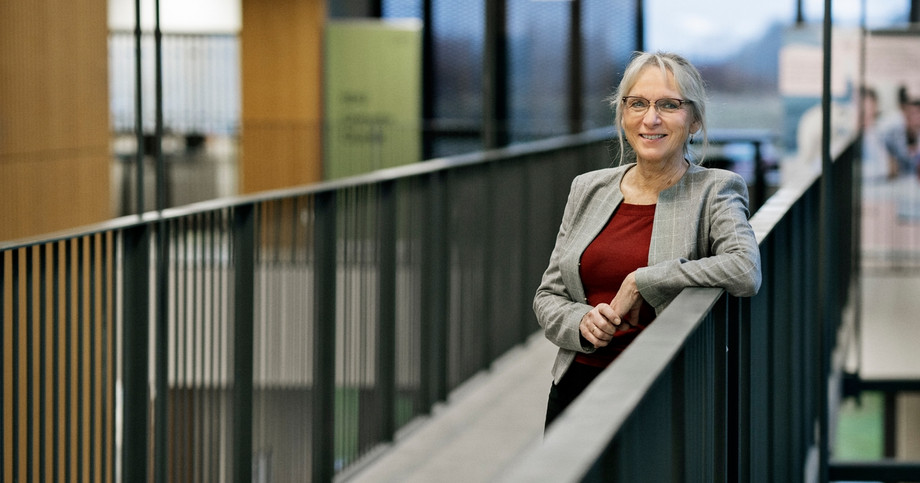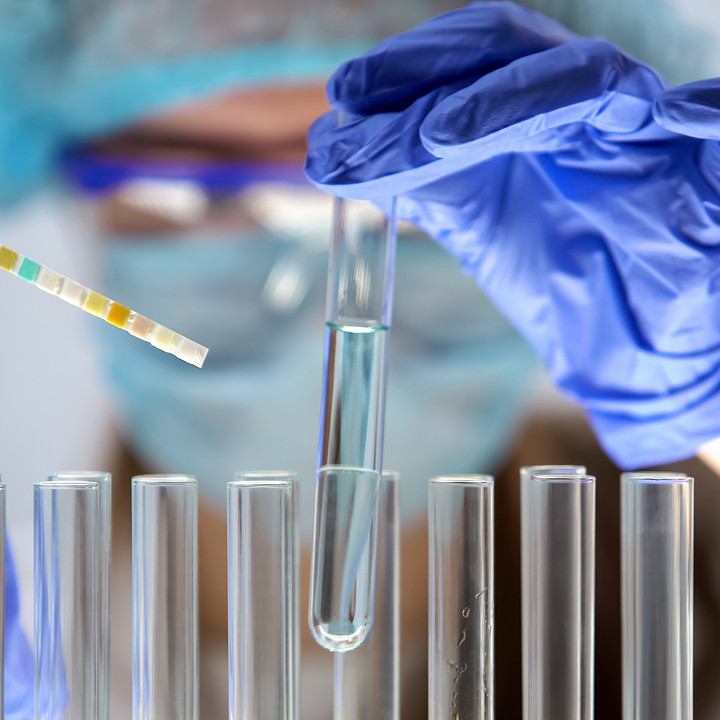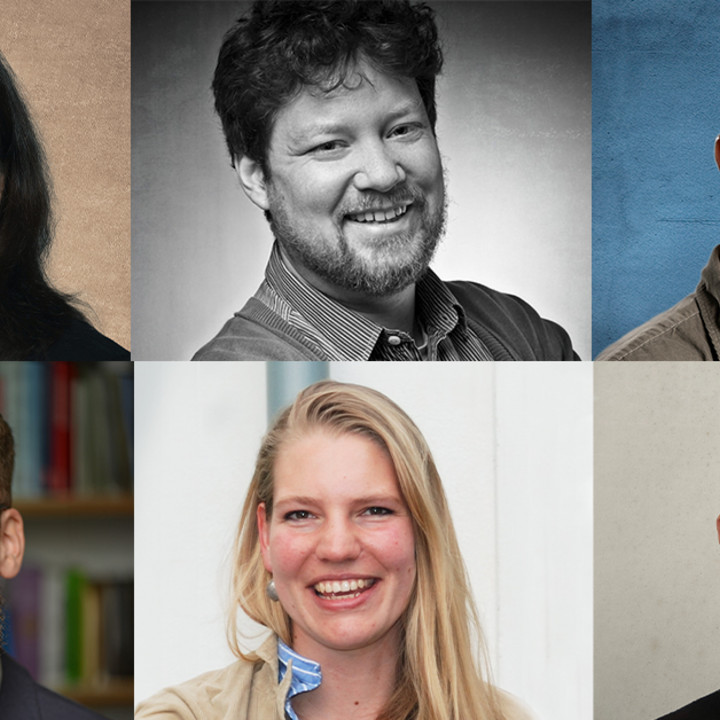She reads the code for life in our fat cells

This recipient of this year’s award, Professor and Centre Director Susanne Mandrup, is on a lifelong journey of discovery into adipose tissue, and the development of fat cells in particular. Her results have led to new knowledge about how our genes control important biological processes concerning health and disease.
By science journalist Antje Gerd Poulsen
If fat cells had feelings, they would probably feel misunderstood,as most people see them as unnecessary or even undesirable. But not Professor Susanne Mandrup.
“Well-functioning adipose tissue is important for a healthy body. When fat cells store fat, they prevent excess fat from instead being stored in our muscles and liver, which might trigger disease, so we really can’t do without them,” she says.
And she knows what she’s talking about.
Most of Susanne Mandrup’s research is in fat cells – adipocytes – and she has helped uncover important new knowledge about how our bodies regulate fat cell genes and functions. Knowledge that can potentially be translated into the prevention and treatment of diseases.
This is why Susanne Mandrup from the Department of Biochemistry and Molecular Biology at the University of Southern Denmark is presented with the Villum Kann Rasmussen Annual Award in Science and Technology.
But she is also given the award because she is a valued mentor and role model, for her collaboration with other researchers both in Denmark and internationally and for developing analytical methods and using new gene sequencing technologies.
Meet Susanne Mandrup
In the ‘engine room’ of adipose tissue
Ever since being a Postdoc at Johns Hopkins School of Medicine in the US in 1995, Susanne Mandrup has been on a journey of discovery – into fat cells.
She has been the driving force behind the establishment of two research centres at the University of Southern Denmark: Centre for Functional Genomics and Tissue Plasticity (ATLAS), supported by the Danish National Research Foundation, and Centre for Adipocyte Signaling (ADIPOSIGN), supported by the Novo Nordisk Foundation.
Susanne Mandrup is particularly interested in the mechanisms of fat cell development, and studies how the individual genes are activated and deactivated during fat cell development.
Her research thus revolves around the code for life itself and the evolutionary journey that the body’s stem cells embark on before they find their rightful place in the organism. And that means she’s right in the ‘engine room’ of adipose tissue.
“I think it’s most exciting when we’re at a molecular level. In other words, when we investigate and understand at the smallest possible scale how our DNA strand is read and how changes in that reading affect the cell in its natural context."
With her research, Susanne Mandrup has helped to spotlight the importance of the molecular biological mechanisms in adipose tissue. They are important because changes in these mechanisms due to obesity can have major consequences, such as increased risk of developing type 2 diabetes, cardiovascular diseases, cancer and liver diseases.
The long-term perspective is that it may one day be possible to treat diseases by having dysfunctional fat cells transform into healthy cells, or even prevent the healthy fat cells from developing in an unfortunate direction in the first place.
Exceptionally driven
Anyone who has met Susanne Mandrup can testify that she possesses an exceptional drive, and she attributes this to a combination of curiosity and “a healthy amount of stubbornness” from her North Jutland roots.
From a young age, she became inspired by her American mentor, the highly respected biochemist M. Daniel Lane, who researched metabolism.
He helped her to believe in her own abilities as a researcher and showed her the value of networking, collaboration and good leadership.
In 2008, Susanne Mandrup and a Dutch colleague mapped how an important transcription factor crucial for the fat cell’s transformation into a specialised cell binds to the DNA strand during fat cell development.
Transcription factors are proteins that control the reading of genes.
The discovery paved the way for Susanne Mandrup’s international position in the field, which she has since maintained and expanded.
As a scientist, she also attracted attention with another study in 2011, when she was among the first in the world to describe how the chromatin structure – i.e., the way genetic material is folded inside the cell – changes during fat cell development.
The chromatin structure determines which genes can be activated and thus expressed.
Right now, she and her group are following up on this knowledge with further detailed studies of both chromatin structure and transcription factors.
“It’s about understanding how transcription factors work together to change gene expression. And then it’s about how the DNA strand is folded and how that folding is important for regulation,” she explains.
“We do not yet fully understand the mechanisms and the significance of the folding, but we have shown that the regulation of a single gene requires cooperation between a lot of areas on the DNA strand. And we do have some results ready, but they still need to be analysed. They might take us a few steps further.”
New technology a ‘gift’
Gene sequencing technology was undergoing an explosive development when Susanne Mandrup began her research career. And over the past 20 years, she has been able to take advantage of this development.
She has used ‘next-generation sequencing’, also known as ‘deep sequencing’, which makes it possible to sequence huge amounts of DNA.
And most recently, she has utilised developments in single-cell RNA sequencing, which she calls ‘a gift’ that has had a major impact on her research.
RNA translates DNA into ‘recipes’ for proteins which the cell needs to perform a specific function, and single-cell RNA sequencing makes it possible to find the individual cell’s gene expression.
With more tissue samples, taken over time, researchers can follow a development and find out which cells and genes change in connection with a particular biological process, such as weight loss or weight gain.
The research community is like a family
Susanne Mandrup has several roles that she effortlessly moves between. Her working day is taken up by meetings and conversations with students, employees and colleagues in addition to reading and writing applications, reports and articles and analysing data on tissue samples. You will often find her sitting in front of her screen late into the night.
In addition to her daily responsibilities, she cultivates her extensive network in Denmark and abroad. Collaboration is a key word for Susanne Mandrup. She sees her own work as a large-scale version of the molecules she studies – they only function as part of a larger network.
“It’s not about one person’s efforts, it’s about creating synergies. And this also applies to research groups in different parts of the world. Seeing the research community as a family, even internationally, is vital.”
In line with this mindset, Susanne Mandrup has already decided what the prize will be used for:
“The money will be used to help some of my talented young researchers on their way to an independent career, and to give more people an opportunity to pursue their dreams.”



